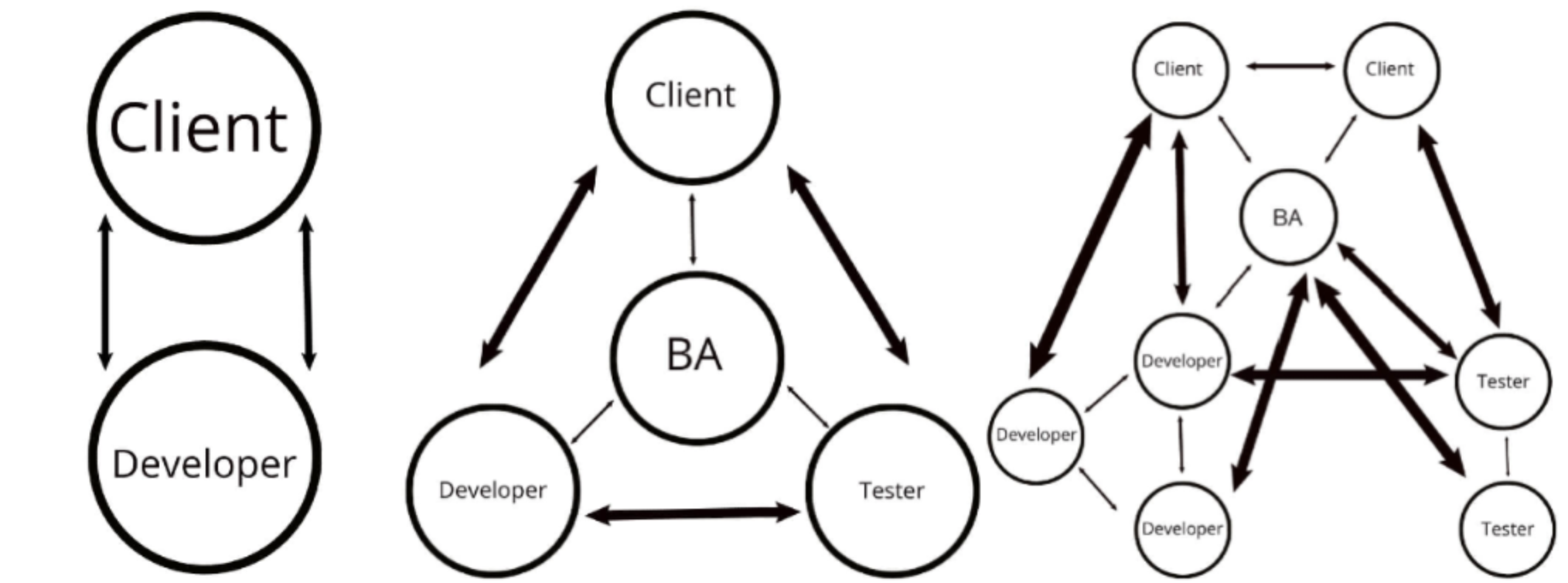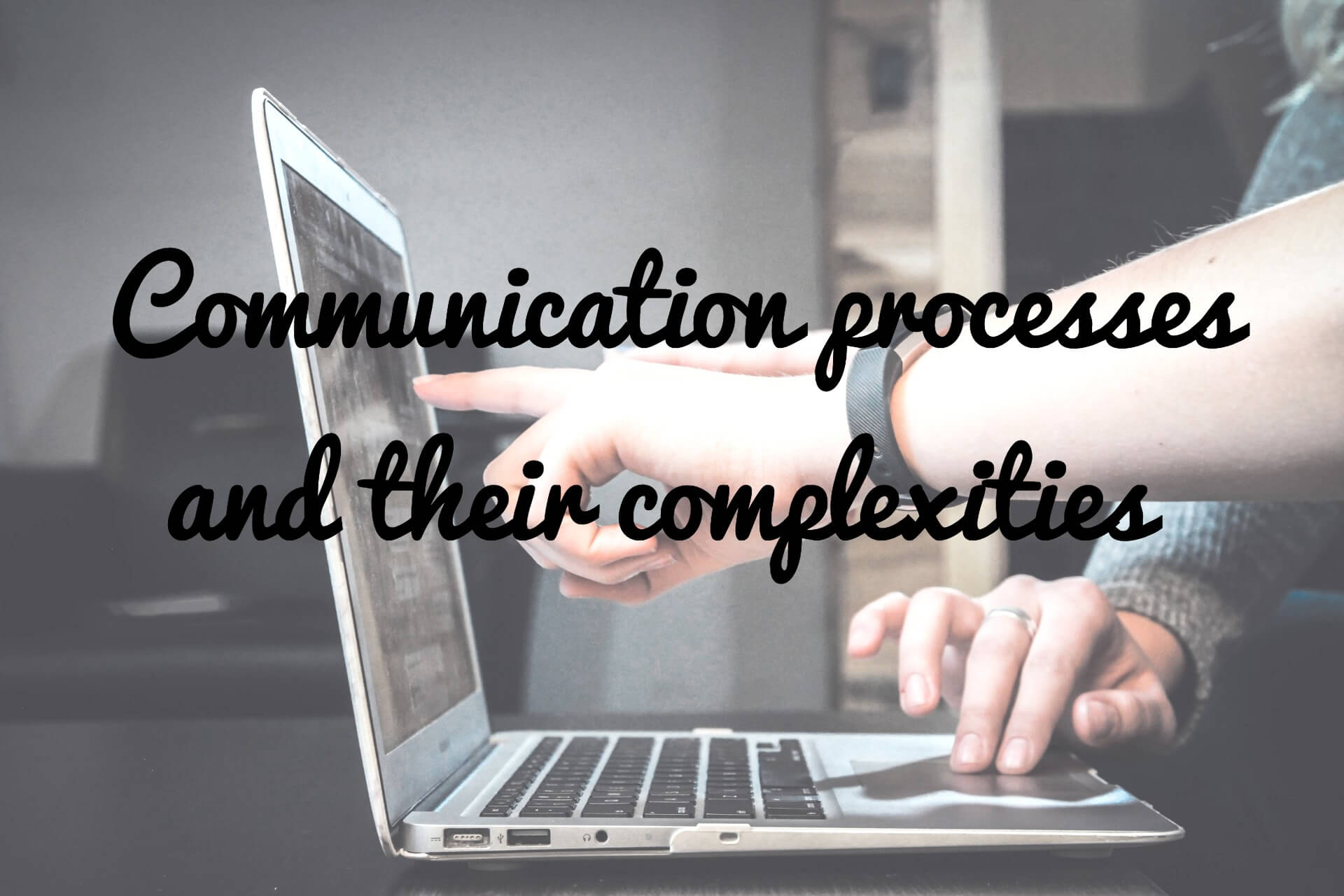With the increase of remote working (having sky rocketed in the last couple of weeks), communication strategies have become a hot topic. Although this recent surge of working from home is unlikely to be permanent, this is a trend that will continue to steadily rise. So it's wise to think ahead.
Why Should We Be Thinking About Communication Effectiveness?
Getting projects off the ground, the clarity of deliverables, time management, completion handover: if the communication process isn’t up to snuff, deadlines will be missed and costs will inevitably go up.
Tech software development is, by nature, a team excercise. Even a small project can have multiple people involved, and we need to factor in remote working. It is vital that everyone, from developers to stakeholders, have access to the key information from the moment they need it.
What Does Communication Look Like In A Software Project?
It may be quite an obvious statement, but there is a lot of information that requires sharing in a software project. There are a lot moving parts to get the whole thing going. However, the interpretation and use of this information differs considerably with each role.

As you can see from the above image, the movement of information within a software project is like a spider's web, especially if the team gets bigger. The same information is shared, but put to use for different purposes. This new information is then shared, to be put to a different purpose again, and so on. You've got yourself a constantly-updating interconnected web of information. This is why it's vital for a clear communication strategy: everyone needs to be on the same page to ensure all are working towards a joint objective and nothing gets missed.
What Are The Most Common Communication Barriers In Software Projects?
A cacophony of information continuously shared with different people? Sounds a bit dicey if not handled smoothly. In our experience, there are two frequent issues that come up repeatedly when it comes to communication issues:
Undersharing
This is what typically happens when a communication process has not been established early on in the project. The result? Information is not shared and keeping on track of the progress becomes very difficult, requirements get missed or misinterpreted. This is particularly true when some problem solving is needed. Without the correct knowledge, the requirements needed to develop a solution get delayed. Moving onto the next task becomes much more challenging. This can lead to many small pieces of work that don't come together to fulfil the originally intended purpose.
Daisy Chains
Sadly, not as pretty as it sounds. Unlike undersharing, information is passed but, like Chinese Whispers, it can get distorted from the original intention. Think requirements randomly changing due to misintepretaion and the lack of locking down objectives. This is a case of Too Many Opinions Spoil The Broth. It's also worth noting daisy chains don't just apply to spoken communication. This can apply to written requirements as well. Let's take an example: a task that has the original requirement can become obscured by a long list of comments and amendments. This ultimately requires the reader to piece together the current state of play. Not ideal.
What Are The Most Common Communication Methods In Software Projects?
We've covered communication pitfalls, so what's the solution to all this? Well, the hard and fast of it is that there is no one-size-fits-all quick fix. Every project and team is different. It's about understanding communication processes and your requirements, and then evaluating the best approach for your needs.
To give you a starting point, here are the most frequent project management styles and how they influence communication:
Waterfall
Pretty much everything in the project is agreed and locked down up front, from beginning to end. Information is shared using documentation, meaning the risk of daisy chains is greatly reduced. To break it down simply, this communication strategy plans it all first, actions it all second. A typical breakdown is:
- Planning
- Execution
- Testing
- Release
Agile
This involves a much more dynamic communication strategy. Unlike the waterfall process, information is shared less through documentation, and more through daily and weekly meetings. The advantage of this approach is that there is bigger scope for in-project change, especially if something isn't quite heading in the right direction. However, everyone can be present when these changes are agreed upon giving maximum visibility.
Let's Look At The Pros And Cons For These
So now we're familar with these communication strategies, let's go a bit deeper. Even if you have settled on a communication style, things can still go a bit awry. Let's break down the good and the not-so-helpful:
Process |
Pros |
Cons |
Waterfall |
Good for time management and keeping everyone in the loop. Documentation makes keeping track of project stages clear. |
Less flexibility. Potential to overun deadlines project. Established objectives are being worked on but results aren't successful. Risk of undersharing when challenges are encountered as there is no forum to share. |
Agile |
As projects can change, the process to transition from objectives is much smoother. Ability to be more reactive to project hurdles |
Frequency of updates can take time away from working on a project. If not managed correctly, potential for daisy chains increases. |
Need A Little Help With Your Communication Strategy?
Communication styles, like humans, have to adapt to their surroundings. We completely understand that, whilst you may have an idea of what you want to achieve, getting there can be the tricky bit.
If you're not sure which direction your project needs, or think your software team could benefit with a communication overhaul, we're here to help.
Whether it's single project or a company wide initiative your looking to up, we can tailor a communication solution that is just right for the job. You can contact us here, message us on Linkedin or shoot us a tweet on Twitter.
